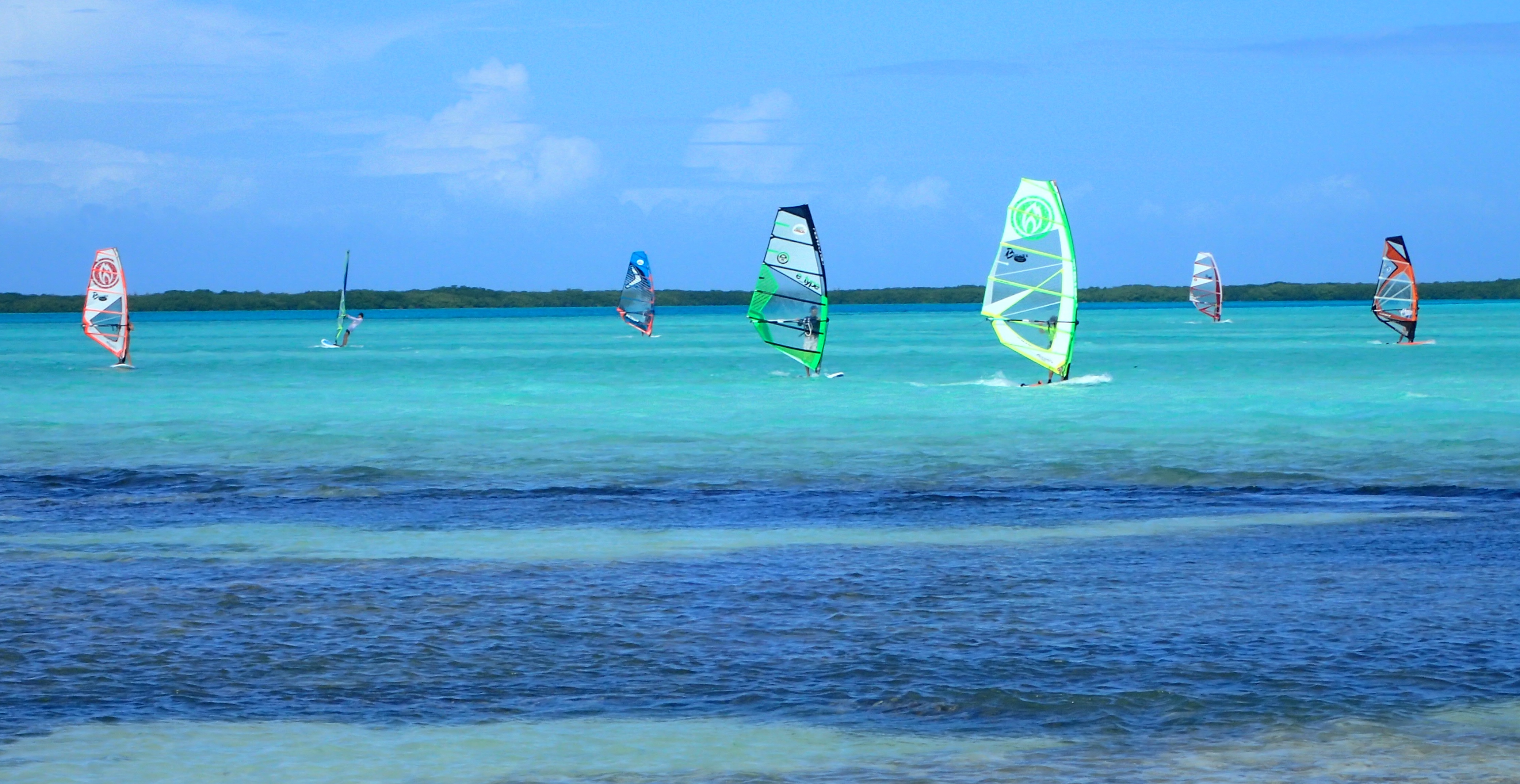Image by Golden Glow http://svgoldenglow.com
An archipelago belonging to the Netherlands, the stunning island of Bonaire lies just off the coast of Venezuela in the southern region of the Caribbean. It’s the easternmost of the ABC Islands – Aruba, Bonaire, and Curacao. Bonaire’s beauty is due in part to an impressive coral reef and designated national park just steps from the shore. And, an abundance of wondrous dive sites line the beaches teeming with sea life.
Things to See and Do
Bonaire is famous for being a diver’s paradise. Visitors can grab their gear and find great diving and snorkeling spot right off the shore. One of the best dive spots is near the salt flats, but there are plenty of prime diving areas anywhere on the west side of Bonaire to snorkel or dive in fish-filled reefs.
Along with being a great dive site, Bonaire is among the best places for kiteboarding and windsurfing. Lac Bonaire Bay, on the southeast part of the island, is sheltered from waves, but receives a steady supply of easterly trade winds. Whether a beginner or expert, this is an ideal place to play in the sea.
The festive holiday season of Carnival is a fun time to visit Bonaire. Due to the small size of the island, it’s easy to see why everyone gets caught up in Carnival spirit. Visitors and locals come together to enjoy the colorful parade, costumes, music, and dancing.
One of the most unique physical features of Bonaire are its salt flats rising like white mountains visible from the shore. Along with the steady trade winds and abundant sunshine turning sea water into salt, the production of sea salt has been a primary industry on Bonaire for over four centuries. Before refrigeration, salt was essential for preserving meat and fish. After dried salt is collected, it’s carried by conveyor belt to the hold of a cargo ship, and from there it travels to a Cargill plant to be made into its final form to be distributed to kitchens and tables all over the world.
Bonaire is also a famous nesting area for pink flamingos and many of Bonaire’s saltwater marshes and ponds are home to the lovely birds. Pink flamingos often make their homes in Bonaire’s salt flats, eating pink crustaceans that contribute to the salt flat pool’s pink color. This diet helps determine the flamingo’s salmon pink color.

